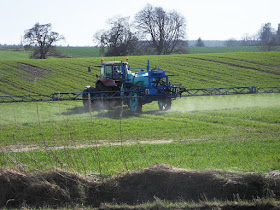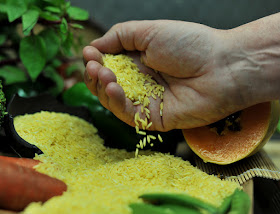July 2016
 |
| Photo Creative Commons |
"A spray helicopter ... had its electrical wires, oil and fuel lines cut ... a spray crew bus had its brake lines cut."
" ... a (herbicide spraying) ground crew was attacked by protesters, beaten, their spray gear destroyed, and their leader forced at knifepoint to sign a statement promising not to spray again in that area."
"... An armed mob threatened to shoot down spray helicopters."
"Someone ... punctured ten 550 gallon drums of (2,4-D herbicide)"
"Activists ... contaminated 500 gallons of herbicides to prevent their use."
"Mobs of activists routinely trespass in areas scheduled for aerial spraying and prevent thousands of acres ... from being sprayed."
Non-Violent Resistance training weekends are being run to prepare the "occupation forces" to prevent herbicide spraying.
Civil disobedience and sabotage have become a routine part of the anti-pesticide movement. So much so that an Intelligence Division has been formed with special spray-programme agents to monitor local resistance to herbicides and the activities of local leaders in the antispray movement.
"... a spray helicopter ... was completely destroyed by fire" after which two women appeared on television and radio to explain that the burned helicopter was "a message to the companies who profit from spraying poisons indiscriminately with disrespect for human and animal life and Mother Earth." Their reason was the years of ill effects from "herbicide contamination, including miscarriages, birth defects, and cancer ... Our present health and genetic future are at stake."
Is this fiction? Are these real people taking action against the threat of herbicides to humanity? Are these ferocious eco-terrorists and saboteurs characters in a novel?

















































